Umbrella Plant Propagation: A Complete How-To Guide
Learn all the ways to accomplish umbrella plant propagation at home. It’s easy and a great money-saver to reproduce this dramatic plant yourself.
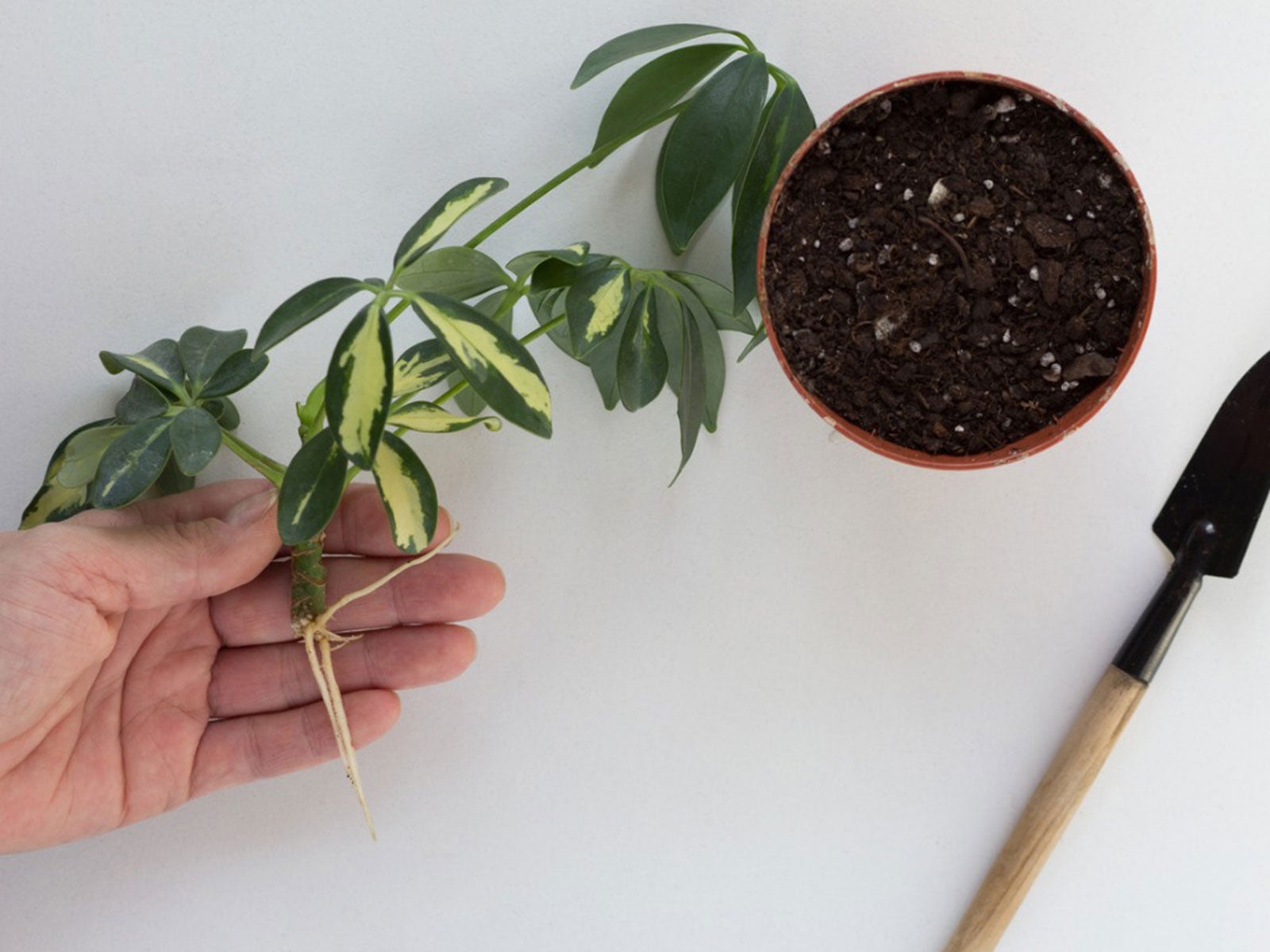

Umbrella Plant Propagation: Everything You Need To Know
Some plants are harder to propagate than others, but umbrella plant propagation is relatively simple. How do you propagate an umbrella plant? Vegetatively, usually; that is, without the use of seeds. Propagating an umbrella tree is a good place to begin your journey when learning to start new plants. Keep reading to learn how to propagate schefflera.
Best Time to Propagate Umbrella Plants
Umbrella plants can be grown from seed, but most of the houseplant varieties of schefflera never produce seed. So, these plants are usually started vegetatively in one of several ways. Probably the best time to attempt propagation of an umbrella plant is during the growing season, spring through summer, but they can be propagated any time of the year.
Best Ways to Propagate Umbrella Plants
The best ways to propagate umbrella plants are either by stem cutting or air layering. They can also be propagated by rooting them in water or in soil. Here are some guidelines for each.
Stem Cutting
Stem cutting just means using the tip or section of a stem including leaves and buds to produce a new plant. In order to propagate schefflera by stem cuttings, factors such as the growing medium you use, rooting hormones, potential water loss, and the correct environmental conditions need to be considered.
Take a cutting that is 3-6 inches (8-15 cm) in length that has at least two nodes. Use either stem tips or stem segments from lower on a branch. Stem cuttings can be grown in several different types of growing medium, such as perlite, sand, coarse sphagnum moss, vermiculite, peat moss or a well-draining potting soil.
The containers you use to propagate stem cuttings should be sterile with good drainage and need to be at least 2 inches (5 cm) deep. Moisten the growing medium before inserting the cuttings. Place the cutting in a warm area with bright but indirect light and high humidity. Cover them with a plastic bag to raise the humidity.
Gardening tips, videos, info and more delivered right to your inbox!
Sign up for the Gardening Know How newsletter today and receive a free copy of our e-book "How to Grow Delicious Tomatoes".
Keep an eye on your cuttings and moisten the growing medium if it becomes dry. Rooting should take place within 3-6 weeks. When the roots are an inch (2.5 cm) or so long, pot the new plants in well-draining potting soil, water them and place them in bright, indirect light.
Air Layering
Air layering is another way to propagate that’s especially suited for large, lanky plants like schefflera. Layering is a method by which a new plant is formed from stems that remain attached to the parent plant. With a sterile, sharp knife, make an up or down slanted cut 1-1 ½ inches (2.5-4 cm) long about a quarter to half through a chosen stem. Hold the slit open with a toothpick and lightly dust rooting hormone into the wound.
Remove leaves or twigs from the lower 3-4 inches (8-10 cm) of the cut stem, above the cut. Wrap the wounded stem with a couple of handfuls of moistened sphagnum moss to form a ball around the incision. Wrap this ball with plastic wrap and seal around the seams with waterproof tape.
After a month or so, you should be able to view new roots near the edge of the moss ball. Remove the plastic when a good root system has formed, and sever the ball of moss and roots from the parent plant. Pot the new plant in good quality, well-draining soil media kept moist and in bright but indirect light.
Rooting Schefflera in Soil
To root your umbrella plant in soil, remove any lower leaves and dip the cutting into rooting hormone if you choose, but this is not necessary. Put the cut end of the cutting into the soil with at least one node buried. Water the cutting and allow it to drain.
Rooting Schefflera in Water
You can also use water instead of soil media to root cuttings. The downside of this method is that roots formed in water are not as robust as those grown in a growing medium so when you transplant the rooted cuttings, they may suffer from stress.
Use a clear glass or container if possible. That way you can keep an eye on root production without removing or disturbing the cutting. If you use water to root your cuttings, be sure to keep an eye on evaporation and change the water entirely every few days. Your seedlings should be ready to transplant when the roots are around an inch (2.5 cm) in length.
Frequently Asked Questions
Is It Better to Propagate Schefflera in Water or Soil?
While schefflera cuttings can be rooted in either water or soil, soil is preferable. Propagation in water alone produces weak roots that often result in stress related issues when transplanted into soil.
How Long Does it Take to Propagate an Umbrella Tree?
Cuttings from umbrella plants will root within a few weeks with air layering propagation not far behind, usually about a month or so.
-
 Looking For Plants To Give You The Soft And Fuzzies? Try These 5 Fuzzy Leaf Plant Options
Looking For Plants To Give You The Soft And Fuzzies? Try These 5 Fuzzy Leaf Plant OptionsLovers of texture, drama, silver foliage and tactile plants will adore these special sensory garden additions. These fuzzy leaf plant options will leave you all aglow
By Susan Albert
-
 Get Ready For A Summer Of Hummers! Grow These Full Sun Hummingbird Plants and Flowers
Get Ready For A Summer Of Hummers! Grow These Full Sun Hummingbird Plants and FlowersIf you’re lucky enough to enjoy a sunny backyard, make sure you are maxing out on your pollinator opportunities and grow these full sun hummingbird plants and flowers
By Tonya Barnett
-
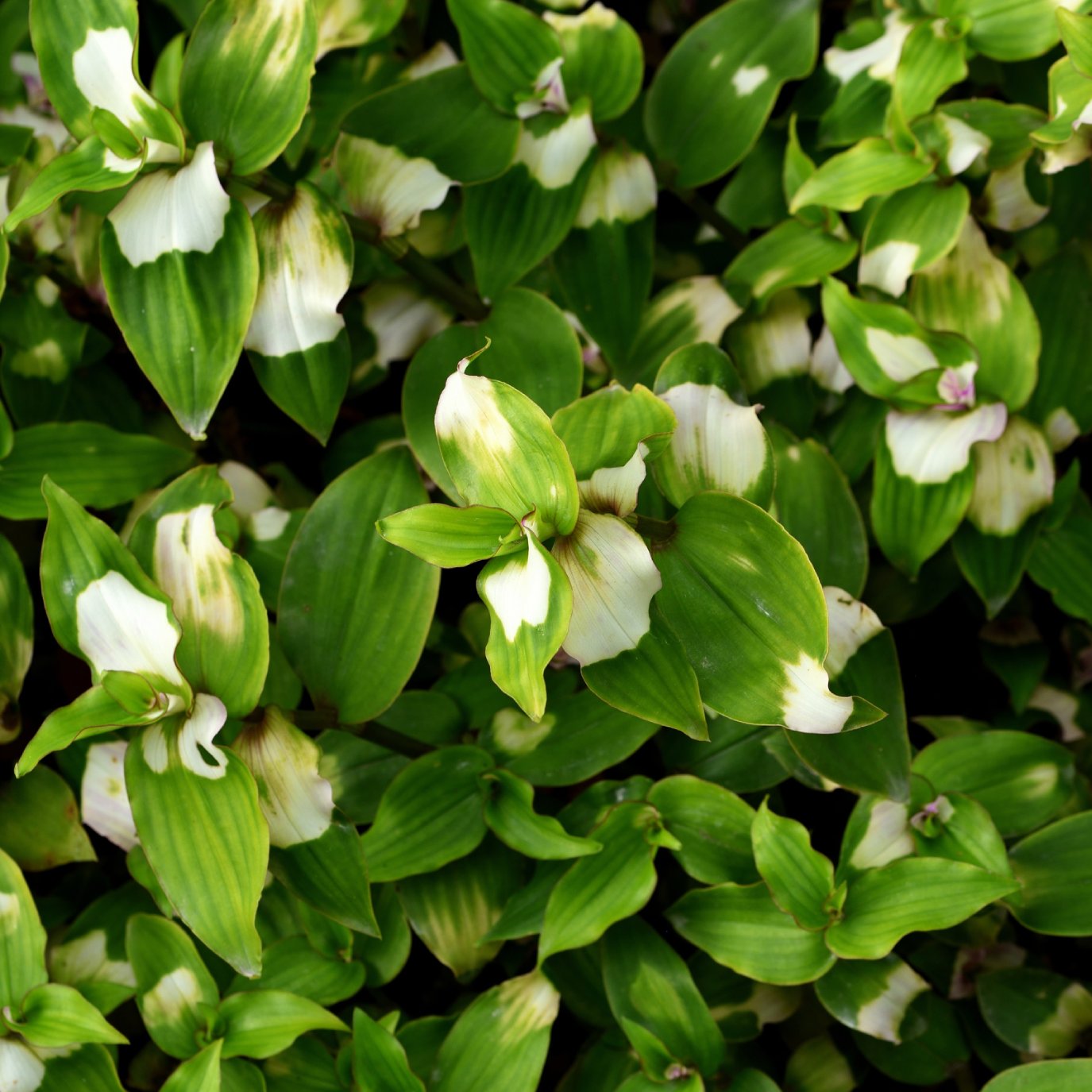 How To Grow Alpine Schefflera: Cultivate The Ultimate Undemanding Umbrella Houseplant
How To Grow Alpine Schefflera: Cultivate The Ultimate Undemanding Umbrella HouseplantIf you love pretty houseplants you’ll want to grow Alpine Schefflera. It’s not terribly fussy and is a graceful addition to any indoor plant collection.
By Tonya Barnett
-
 Why Is My Schefflera Leggy – How To Fix Leggy Schefflera Plants
Why Is My Schefflera Leggy – How To Fix Leggy Schefflera PlantsIs your schefflera too leggy? Take a look here at what causes leggy schefflera plants and what you can do to improve their appearance.
By Raffaele Di Lallo
-
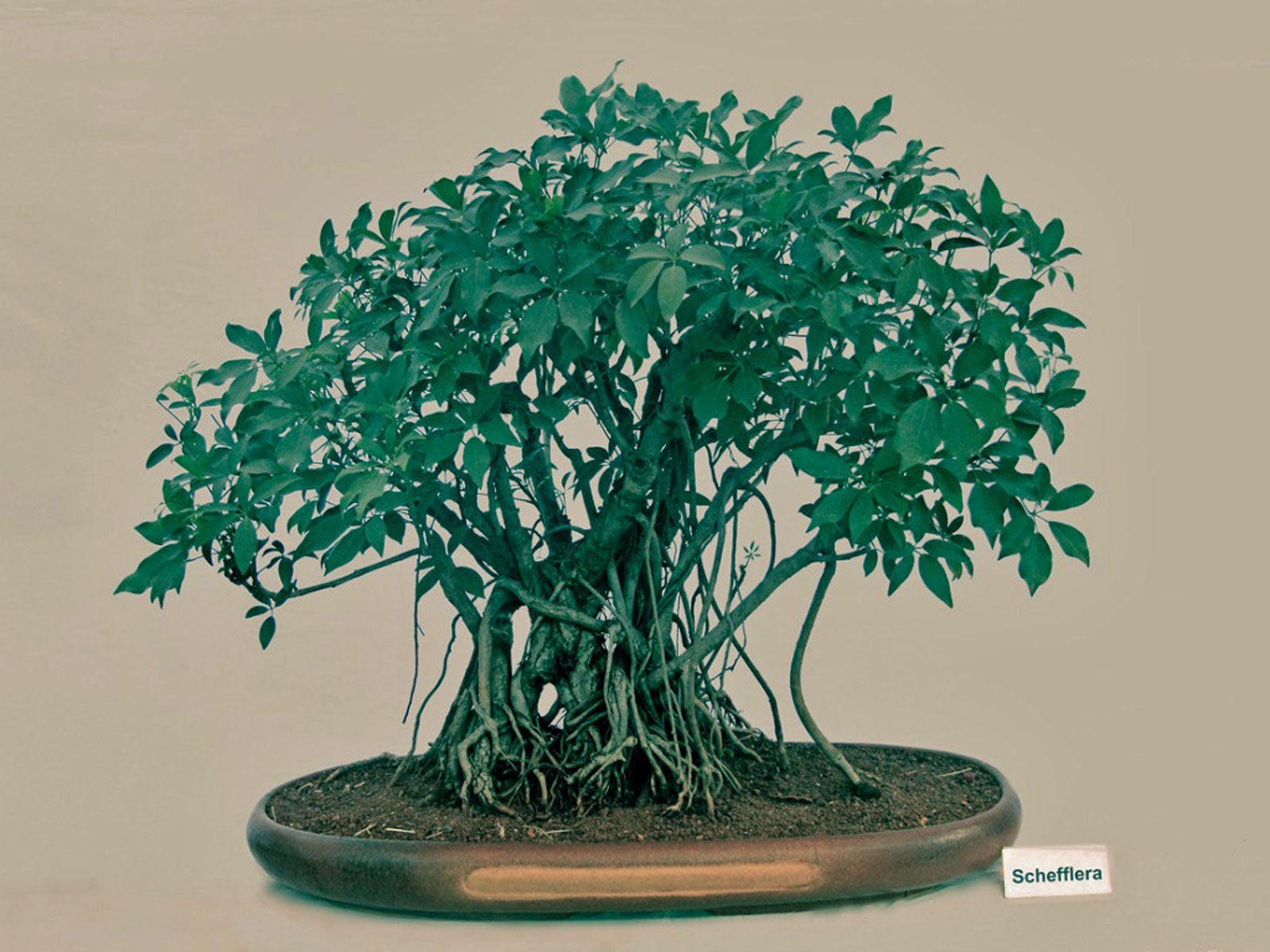 Schefflera Bonsai Care – Growing And Pruning Schefflera Bonsais
Schefflera Bonsai Care – Growing And Pruning Schefflera BonsaisIf you want to know how to make a schefflera bonsai tree, click here for information on pruning schefflera bonsais and caring for them.
By Teo Spengler
-
 Schefflera Repotting: Transplanting A Potted Schefflera Plant
Schefflera Repotting: Transplanting A Potted Schefflera PlantIn the wild, in-ground plants can reach 8 feet (2 m.) in height but you can easily keep it smaller by tip pruning. Transplanting a potted Schefflera will encourage new growth and keep the root system happy. Learn how to repot a Schefflera plant in this article.
By Bonnie L. Grant
-
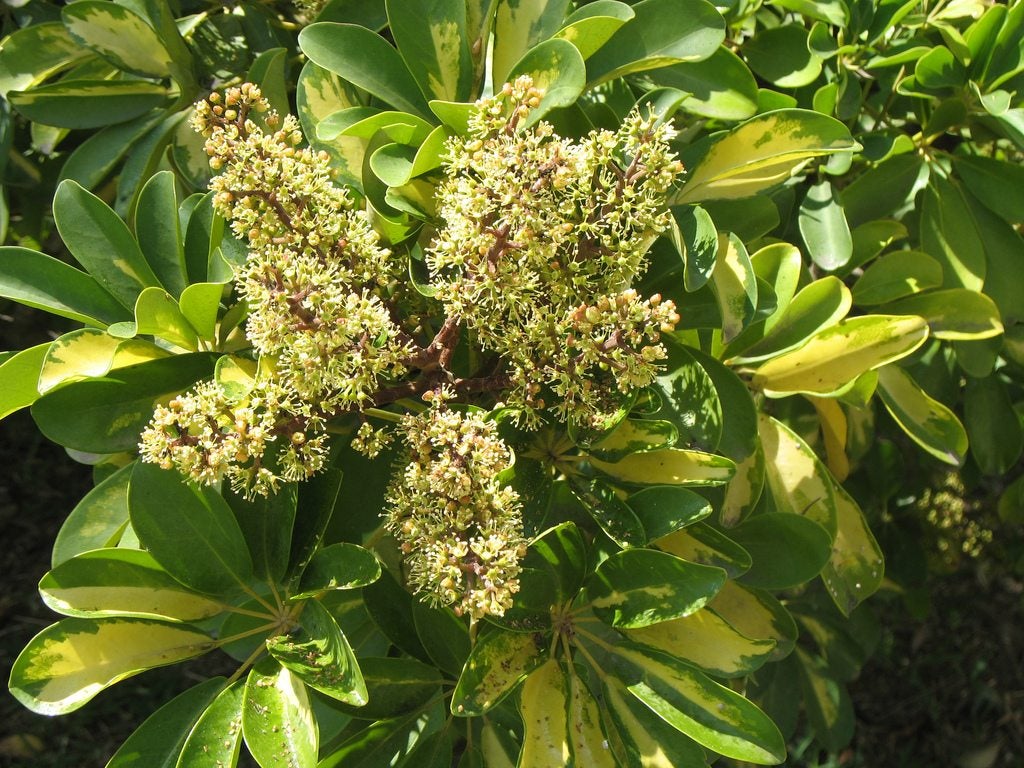 Does Schefflera Bloom: Information On Schefflera Plant Flowers
Does Schefflera Bloom: Information On Schefflera Plant FlowersSchefflera is popular as a houseplant and is usually grown for its attractive foliage. Most people in temperate regions have never seen a schefflera blooming, and it would be easy to assume that the plant doesn't produce flowers. Learn more in this article.
By Ilana Goldowitz Jimenez
-
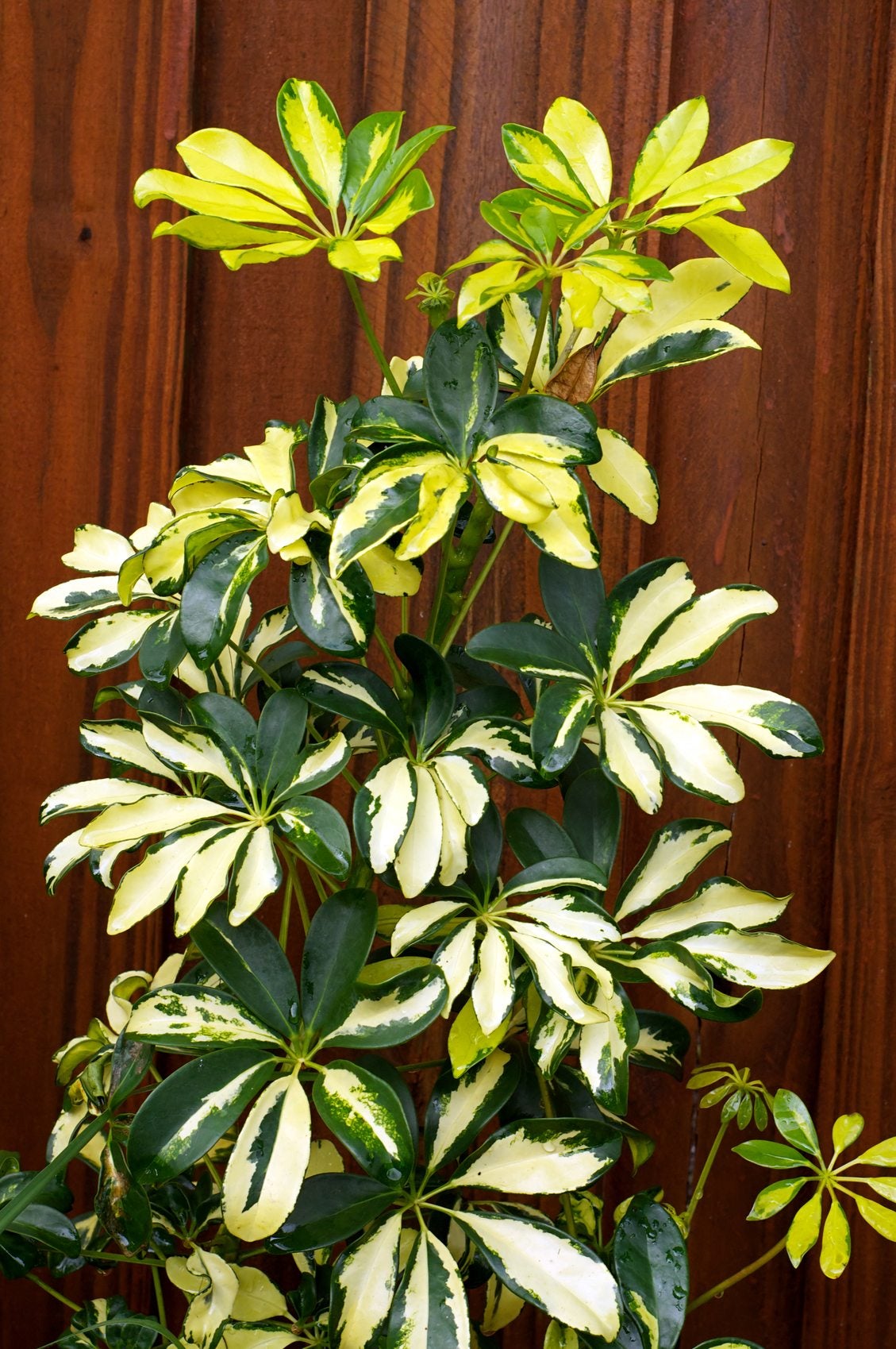 Schefflera Plant Pruning: Tips On Cutting Back Schefflera Plants
Schefflera Plant Pruning: Tips On Cutting Back Schefflera PlantsLife indoors in a pot can be hard on a plant, and can often result in leggy, unhealthy-looking shapes. That's when it's time to prune. Learn more about trimming schefflera houseplants and how to prune a schefflera in this article.
By Liz Baessler
-
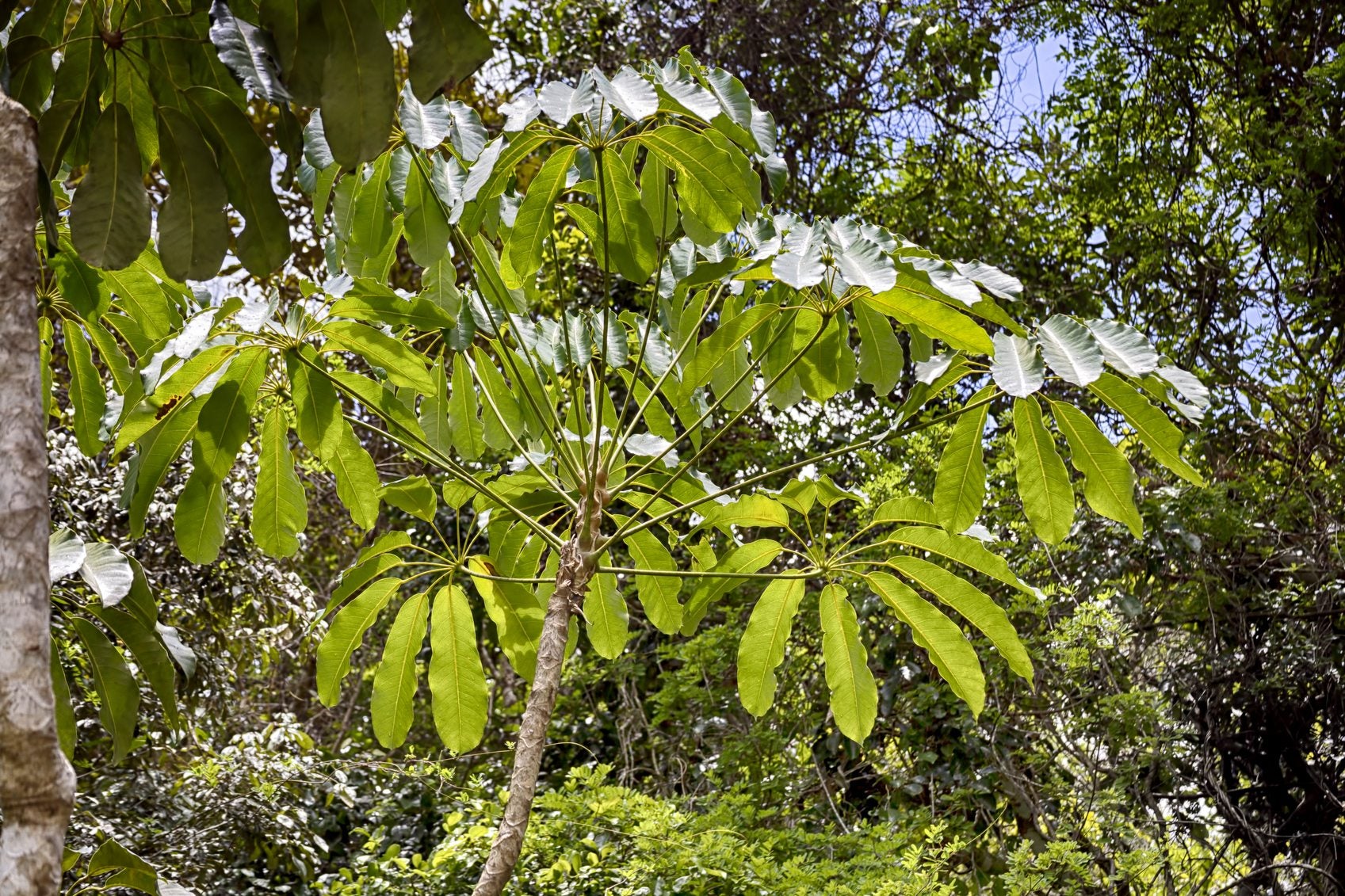 Outdoor Schefflera Care: Can Schefflera Plants Grow Outside
Outdoor Schefflera Care: Can Schefflera Plants Grow OutsideCan Schefflera plants grow outside? Sadly, the plant is not reliably hardy below United States Department of Agriculture zones 10 and 11, but it will make an interesting container specimen that can be moved indoors. Learn more in this article.
By Bonnie L. Grant
-
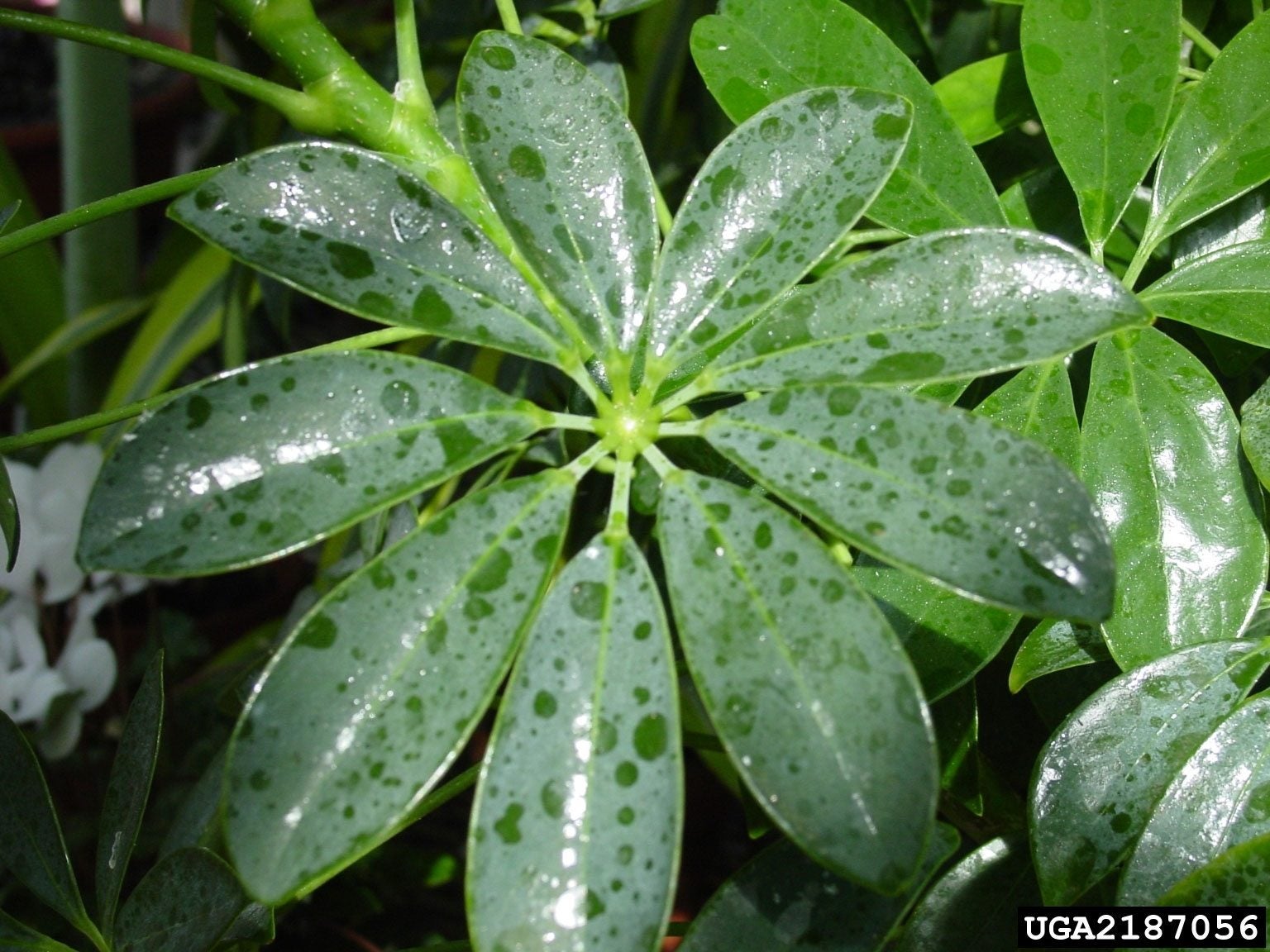 Sticky Schefflera Plant: Why Is My Schefflera Sticky
Sticky Schefflera Plant: Why Is My Schefflera StickySchefflera plants are remarkably tolerant houseplants and do well in a variety of situations; however, they are also prey to insect pests. Sticky Schefflera leaves are likely a symptom of some hitchhiking bugs that are sucking the life out of your prized plant.
By Bonnie L. Grant